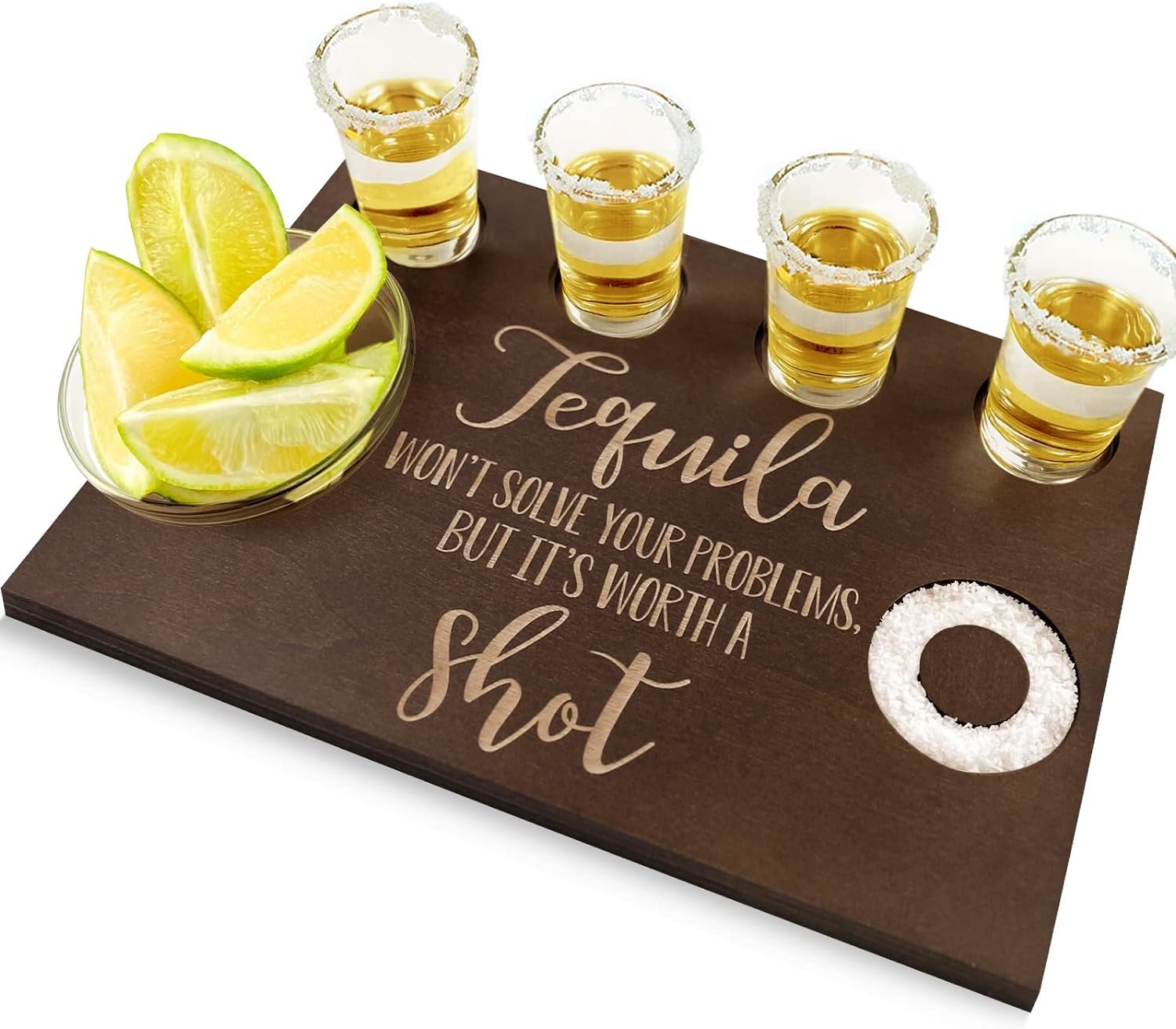Tequila
By law, tequila can only be made in Mexico from blue agave plants raised in the states of Jalisco, Nayarit, Guanajuato, Michoacan and Tamaulipas in order to be called tequila.
Categories of Tequila
By Mexican law, there are four categories of tequila:
Blanco. Also known as white, silver, or plata, this tequila is bottled without aging and has a smooth, herbaceous and almost peppery flavor.
Joven Abocado. Also called gold, this is an unaged blanco with flavoring or coloring added, usually with caramel.
Reposado. Sometimes called gold, this tequila is aged a minimum of two months, often in oak casks, and usually has a more mellow character than a blanco.
Anejo. Aged a minimum of one year, these premium tequilas have a smooth, elegant flavor like a fine cognac. Not to be used in margaritas or shots; sip from a glass to enjoy its subtleties.
While there are thousands of agave farms around Jalisco, most agave is purchased and grown exclusively for tequila makers large and small. Harvested agave is sent to more than 100 distilleries making more than 900 brands of tequila in Mexico. Because there are a limited number of distilleries, many brands of tequila come from the same location.
The best tequila is made from agave harvested at a maturity of 8 to 12 years. The harvest is steamed in ovens for up to 72 hours before being cooled and shredded to extract the juice. The juice is then fermented with yeast for up to 8 days.
Mezcal
aka mescal, this beverage is made from the maguey plant, a form of agave native to Mexico. The word mezcal derives from a native phrase meaning 'oven cooked agave.' Most mezcal is made in Oaxaca, Mexico.
Unlike tequila, most mezcal is distilled by family-run operations in small Mexican villages who have been mashing it by horse and wheel for hundreds of years.
As a marketing gimic, some mezcals from Oaxaca are con gusano, with a worm in the bottle. The worm is actually the larval form of the moth Hypopta agavis that lives on the agave plant.
Unlike tequila, mezcal can be made from a variety of agave plants. The distillation process involves crushing the agave hearts using a traditional millstone, after roasting them in earthen pits – giving it a signature smoky, smooth flavor.
Blue Agave
Tequilas labeled "100% Blue Agave" are generally better than blends with a lower percentage. To be called tequila, this liquor must contain at least 51% blue agave; sugarcane is the most commonly used blend ingredient.
Oro
Oro is the Spanish word for gold, but oro tequila does not equate to being the best.
Tequilas in this category must have 51% blue agave, with the remaining 49% composed of corn syrup or sugar cane. Oro producers often add coloring and flavors to their product, but it usually lacks a strong agave flavor. Because it uses non-agave sugars, oro tequila is sometimes called mixtos.



